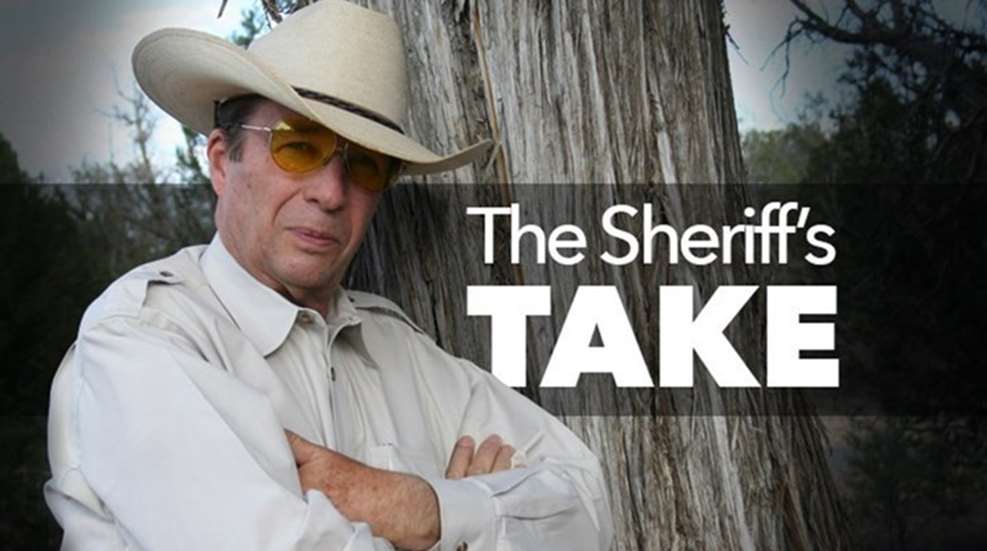
Point shooting is a defensive-handgun technique that is probably as old as the first defensive handgun. Some have called it instinctive shooting, although there is nothing instinctive about shooting. Others have called it hip shooting, although shooting from the hip is only one part of point shooting. It is simply a defensive technique where the gun is pointed at the target and fired without using the sights.
The old timers of the American West generally pointed the gun with their arm fully extended, or nearly so, and triggered the shot while looking over the top of the gun at the target. In those early days before any shooting schools it was just something that a person learned on his own and developed his own technique. In later years, some law enforcement agencies, such as the FBI and Border Patrol, taught some form of point shooting for close-range gunfights.
Jelly Bryce, Oklahoma peace officer and later FBI agent, used a very deep crouch in conjunction with his point shooting. Charles Askins, 10-year Border Patrol vet, used a more erect, athletic stance with knees only slightly bent. Long time Border Patrol agent Bill Jordan stood erect and moved only his arm and shoulder when making the draw and shot.
Although all shooting requires hand/eye coordination, point shooting is especially so. And, since life isn’t fair, some have it more than others. The key is to look at the spot on the target, not just the target, where we intend the bullet to hit. Then we draw, punch the gun towards the target, and trigger the shot as quickly as possible. Generally, when a person pauses to think about what he is doing, he’ll get a miss. How far out we punch the gun depends upon how close or far out the target is. Based upon our individual abilities, it is important to know at what range it becomes wise to use both hands and look at the sights.
Changing guns or even changing the stocks on a particular gun can have a negative effect on point shooting. A lot of point shooting, maybe all of it, is based upon feel, and if it doesn’t feel the same then the results probably won’t be the same.
The negative side of point shooting is that it is a very close-range defensive technique only. It also requires quite a bit of ammunition and regular practice sessions. When approached incorrectly it can allow for sloppy shooting: It’s not how fast you can get a shot off, but how fast you can get a center hit.
Years ago, Col. Jeff Cooper, Thell Reed, and a bunch of really good pistol shots used to hold regular matches and exhibitions. They were point shooters and were pretty good at it. Then along came Jack Weaver, a California deputy sheriff, who took the time to use both hands and look at his sights. He cleaned their clocks on a regular basis.
And that is probably the bottom line on point shooting: It isn’t bad, it’s just that there is probably something better.


































